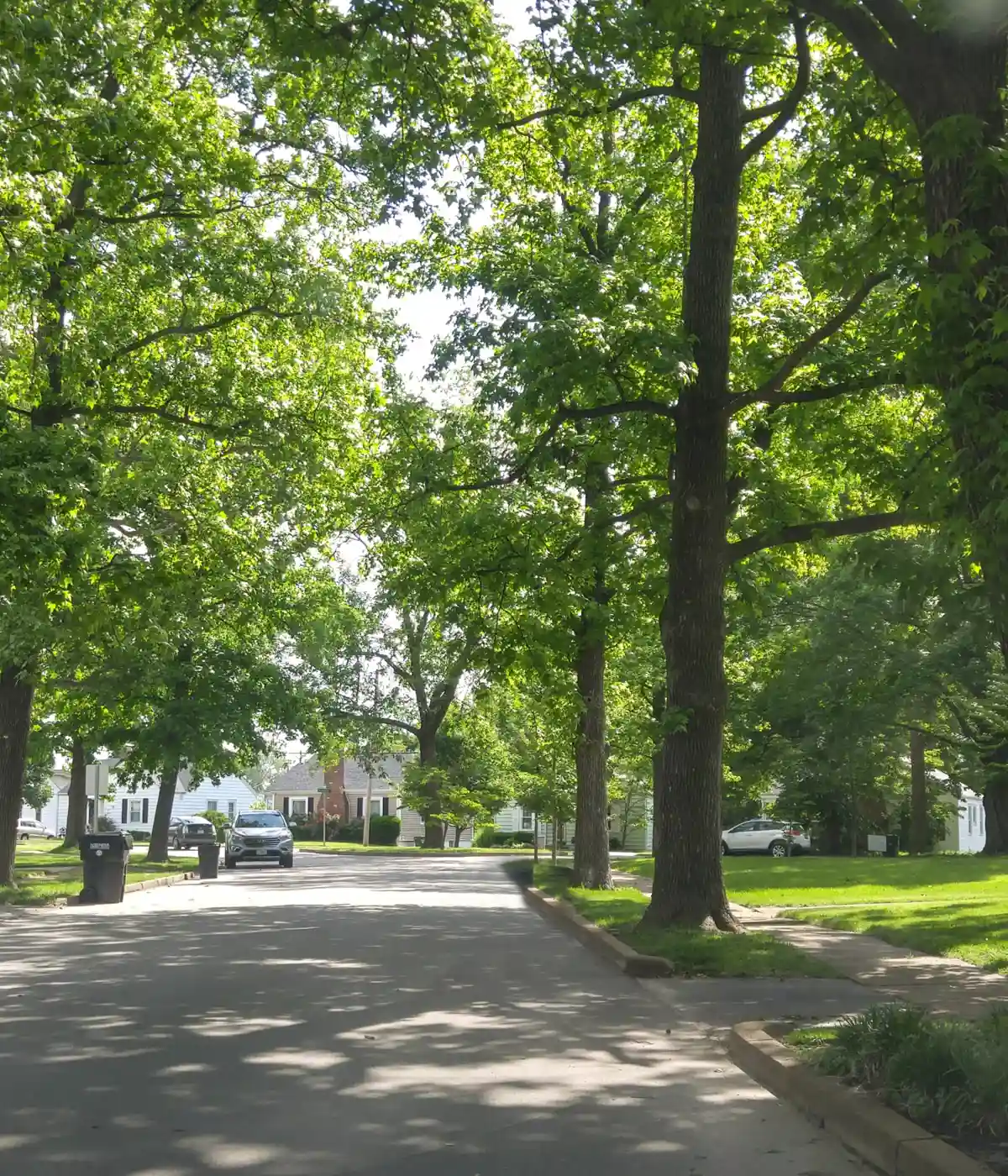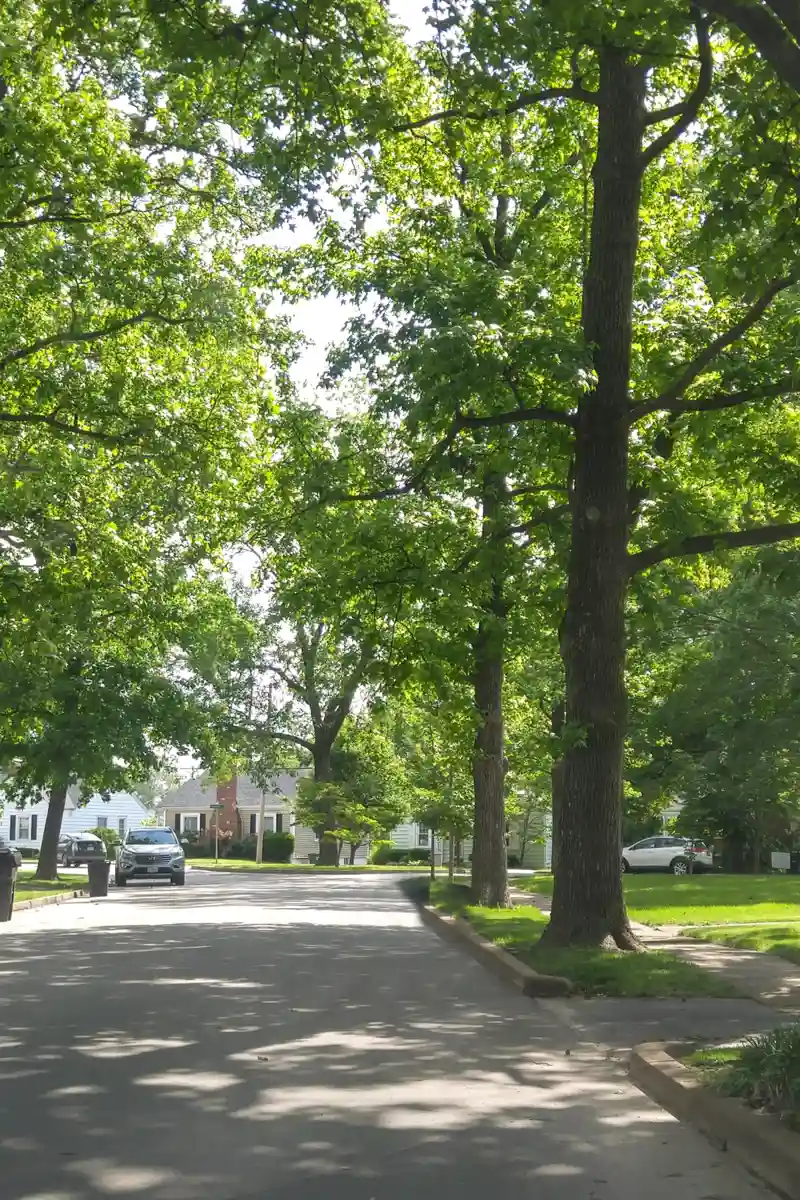Trees depend on more than just sunshine and water to thrive. They rely on a hidden underground partner, mycorrhizal fungi. These beneficial organisms form a symbiotic relationship with tree roots, enhancing the tree’s ability to absorb nutrients and water, resist diseases, and maintain soil structure.
While these hard-working fungi do so much to help our trees’ health, they aren’t widely known by the average homeowner. Here’s how mycorrhizal fungi work and how you can support them in your landscape.
What Are Mycorrhizal Fungi?
Mycorrhizal fungi, which translates to fungus (myco) root (rhiza), are a naturally occurring symbiosis of fungi with a tree’s root system that increases root surface area, allowing for higher absorption of water and certain nutrients while the fungi receive sugars and carbon from the host in return. Mycorrhizal fungi are classified in two types, depending on their relation to the tree’s root tissues:
- Ectomycorrhizal fungi: Grow outside of the roots, often found in oaks and pines.
- Endomycorrhizal fungi: Grow inside the root, often found in grasses and fruit trees.
These fungi extend tiny threads, known as hyphae, into the soil, multiplying a root’s absorption capacity.
What Do Mycorrhizal Fungi Do for Trees?
Mycorrhizal fungi benefit 80 to 90 percent of all plant species, mainly providing access to large amounts of water and nutrients like nitrogen, phosphorus, zinc, magnesium, and copper. Here are some ways these beneficial soil fungi help improve tree health:
- Nutrient Uptake: Fungi deliver key nutrients like phosphorus and nitrogen.
- Water Access: Greater root reach means better drought tolerance.
- Disease Defense: Fungi block pathogens and activate tree defenses.
- Soil Health: Fungi bind soil particles, enhancing structure and preventing erosion.
- Tree Communication: Fungal networks connect trees—sharing water, nutrients, and even alerting each other of pest and disease infestation.
Symptoms of Healthy vs. Unhealthy Tree-Fungi Symbiosis
While the relationship between trees and mycorrhizal fungi is beneficial for both the tree and the fungus, not all fungi are friendly. Here are some symptoms to determine if your tree is experiencing symbiosis with a parasitic fungus.
Symptoms and signs of a Healthy Mycorrhizal Fungi Relationship:
- Consistent tree growth
- Resistance to drought and pests
- Rich organic soil with fungal activity (e.g., mushrooms)
Symptoms and Signs of an Unhealthy Parasitic Fungi Relationship:
- Weak growth despite care
- Early leaf loss or symptoms of nutrient deficiency
- Compacted, or poor soil
How to Boost Mycorrhizal Activity
At this point, it’s clear that mycorrhizal activity is a great step in maintaining vibrant trees and plants. There are several ways to increase mycorrhizal growth in your yard:
- Fertilize properly: Slow-release or organic options will promote fungi growth
- Mulch: Specifically, mulch with organic matter like wood chips or leaves.
- Avoid disturbing soil: Most mycorrhizal fungi growth occurs naturally. Leaving soil around tree roots alone lets nature take its course
- Add biodiversity: Native plants help foster fungal communities.





